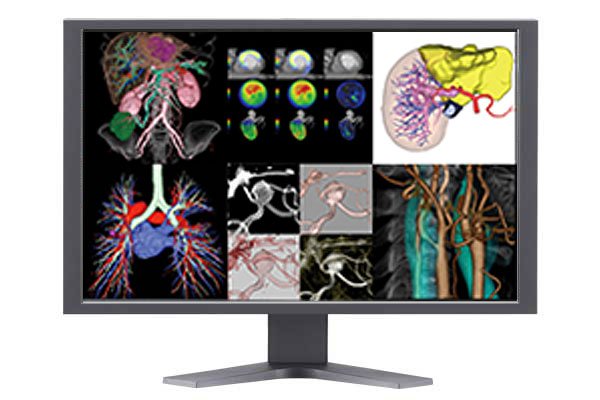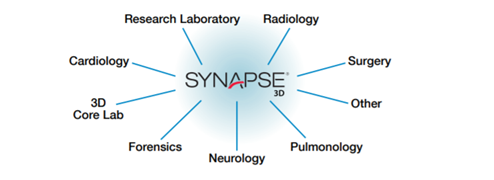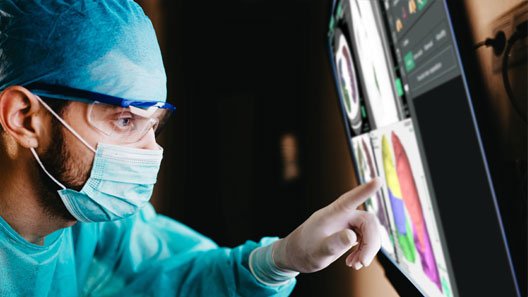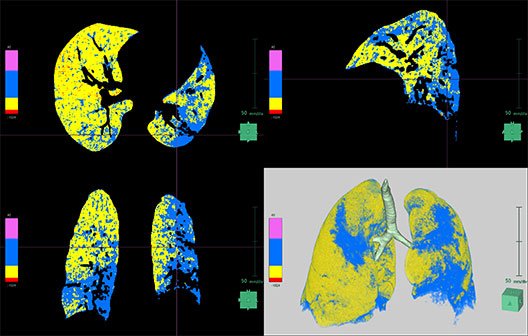Fujifilm Synapse® 3D
Provides a 3D analysis solution taking advantage of Fujifilm's imaging technology.
Synapse 3D delivers a comprehensive suite of applications consisting of general-use and specialty options for advanced image visualization and analysis. The software features Image Intelligence™ recognition technology that helps optimize processing capabilities, providing increased confidence in image assessment for providers. Designed with extensive clinical input, Synapse 3D incorporates intuitive, logical workflows that guide users to efficient and accurate results that can lead to improved patient outcomes.
The latest design features:
- Server-based image rendering:
- Enhanced speed for faster results
- Broader bandwidth to easily manage large datasets
- Ability to launch Synapse 3D inside or outside of the Synapse PACS version 5 viewer
- Automatic processing of studies, enabling zero-click workflow
- Ability to save and share workflow states:
- Facilitate workflow continuance
- Share exam states with other users within the enterprise for effective collaboration
- 50 advanced applications spanning multiple specialty areas:
- New apps in version 5.2: Surface Viewer, Oncology Viewer, CT Cardiac Perfusion, and CT Abdominal Perfusion


SYNAPSE 3D for Pulmonology (Pneumonia, COPD, etc.)

SYNAPSE 3D contributes to reading Chest CT images mainly used for definitive diagnosis which is generally workflow below.
Symptoms, Diagnosis and Treatment of Respiratory diseases such as Pneumonia and COPD, etc.

Analysis support of SYNAPSE 3D for Chest CT examination
Synapse 3D with its 3D image analysis technology automatically extracts Lung, Lung lobe and Bronchi three-dimensionally and enables them to be measured in various ways. For example, Lung Analysis application is utilized for volume analysis which measures a volume of a specific part of CT image automatically or semi-automatically.


